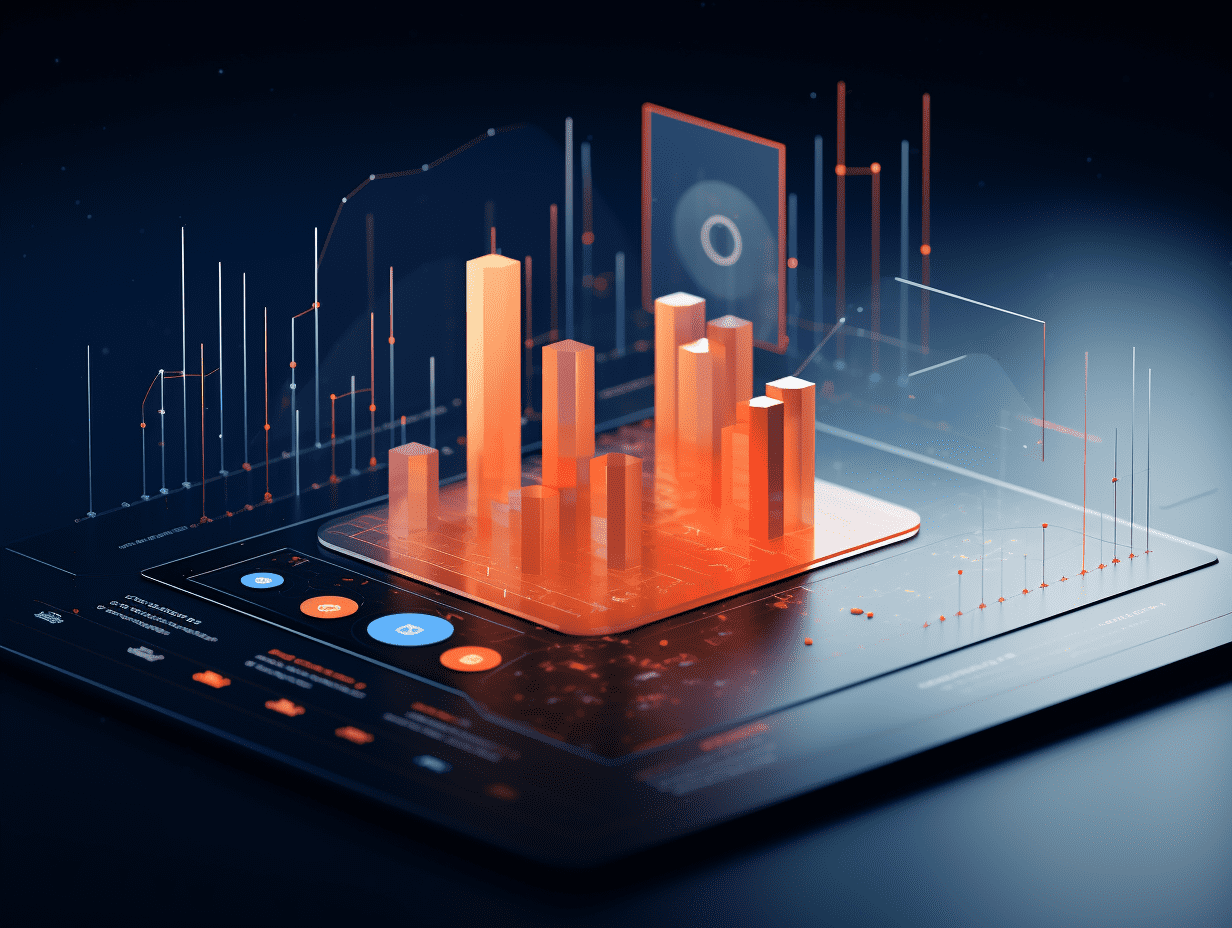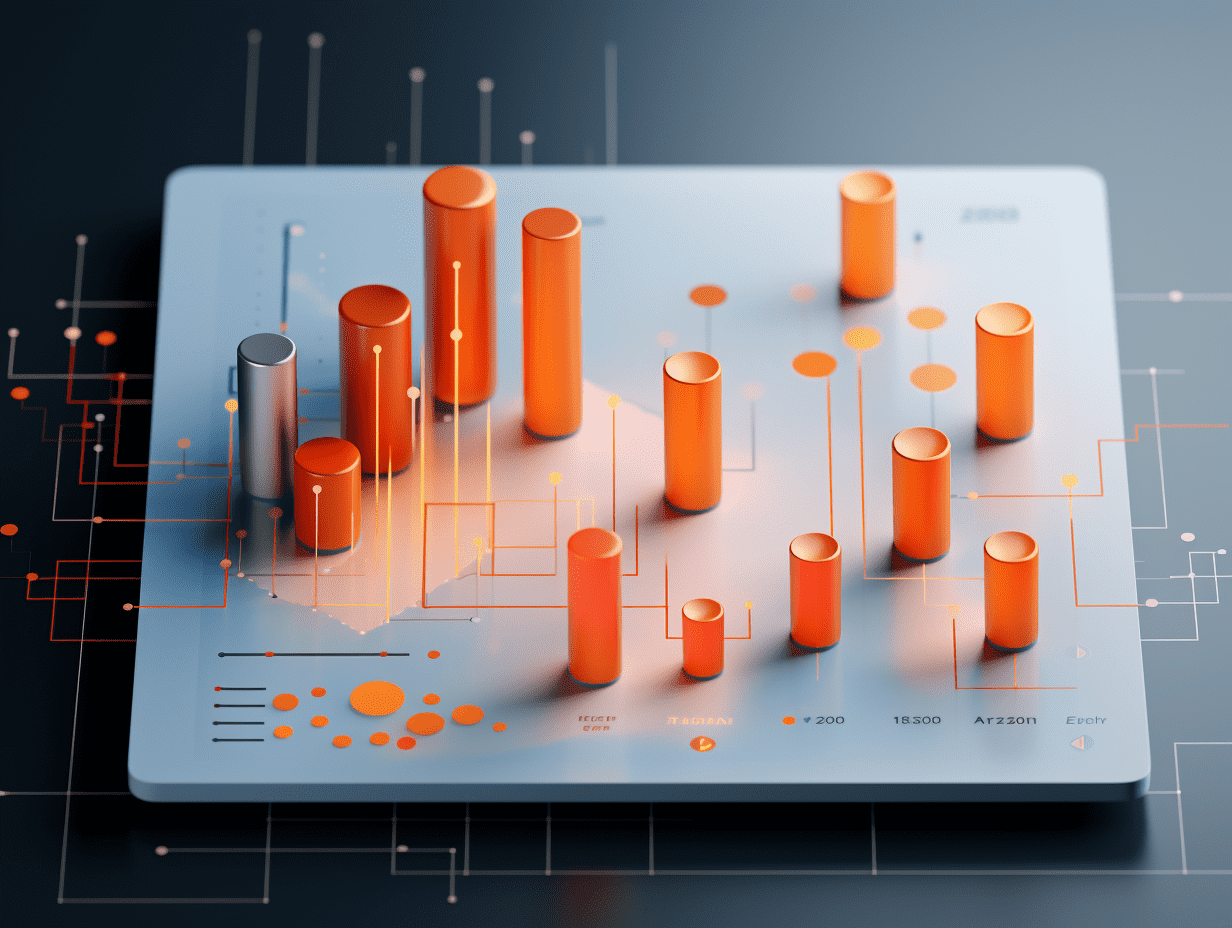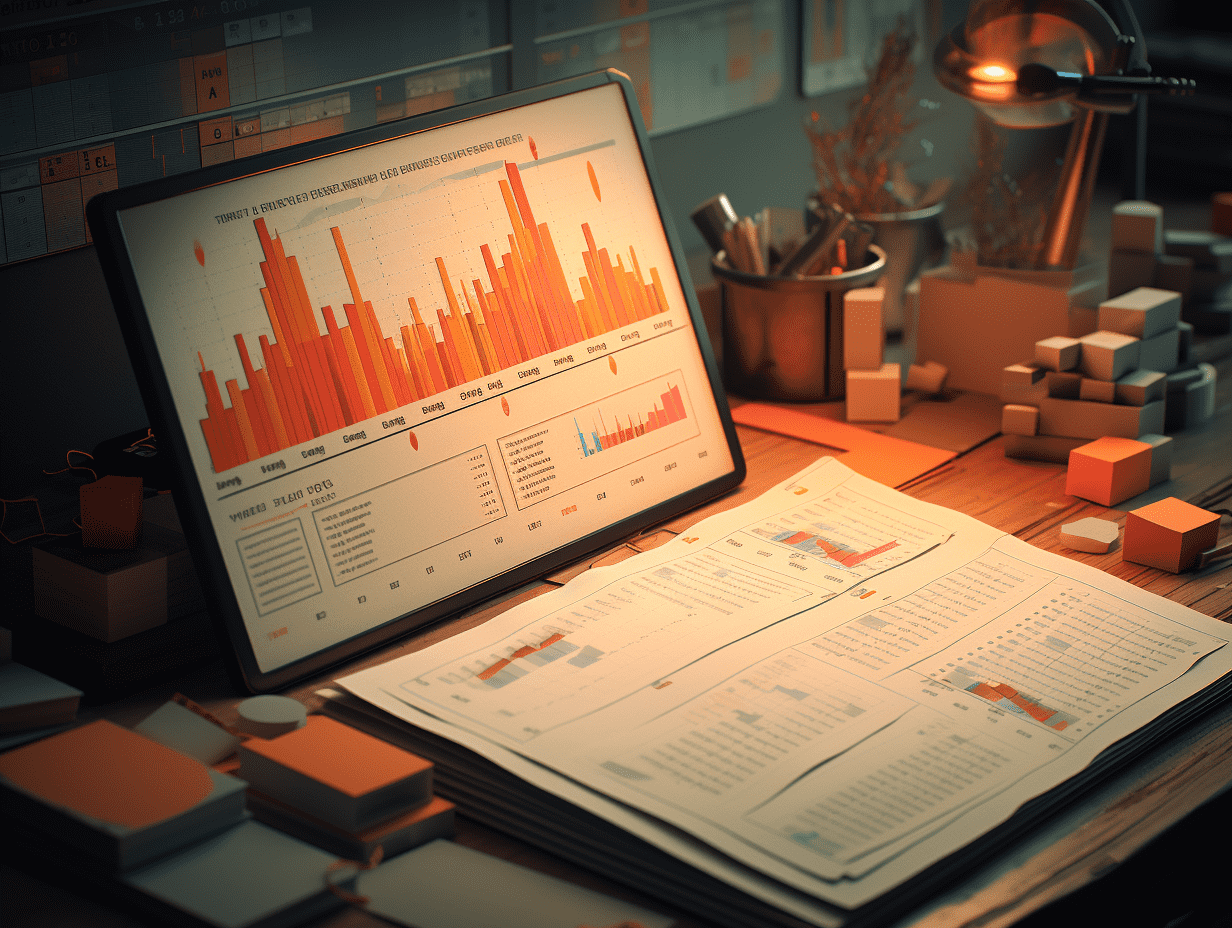Howard Marks reconsiders bubbles: The Chinese market has "anti-bubble" characteristics, and many of the AI giants in the US stock market may experience significant declines in the next five years...
The essence of investing is not buying good companies, but buying assets at the right price - if you do not understand the difference between the two, then you should not be an investor.
1. The essence of investing is not to buy good companies, but to buy assets at the right price - if you don't understand the difference between the two, you shouldn't be an investor.
2. The belief that "the market is always right" is absurd.
3. Even though I don't know much about AI, I still believe that many of the currently popular AI stocks may experience significant declines in the next five years.
4. I believe that the current stock market valuation is about 20-30% higher than the reasonable level. Therefore, the probability of a market decline in the next year may be between 60-65%. But this also means that there is still a 35-40% chance that the market will rise.
5. But if you now think the market is a bubble and go all-in on shorting, you may end up being "carried out."
6. Compared to (US stocks), the credit market can still provide a return of 7-10%. I still think this is a wiser choice.
7. I do not rule out the possibility that China may successfully restructure its economy. China still has a huge labor force, and market sentiment is extremely pessimistic.Able to quickly absorb all known information, this is also the basis of market pricing - it reflects the market's "consensus opinion."But the problem is, this consensus opinion itself may be wrong, and bubbles are driven by these cognitive biases and psychological extremes. They cause market prices to deviate from rationality.
Among the popular AI stocks, many may experience a significant drop in the next five years.
Question 7: How big of a role does government intervention play in the formation of bubbles? It is worth noting that in your memo from last fall, you expressed concerns about the increasing interventionism of the central bank and government.
Howard: In the world, there are two kinds of people: those who believe that the government can solve problems, and those who believe the government cannot solve problems. The former are usually Democrats, and the latter are Republicans.
But in the end, the basic laws of economics will always prevail.
Take the peak of the Internet bubble in 2000, for example. At that time, the Federal Reserve took a series of aggressive policies. The Fed's view was: if there is any problem in the market, injecting some additional liquidity will solve it.
However, this thinking led them to inject a large amount of liquidity into the banking system on the eve of the Y2K crisis, to prevent computer system failures.
But the reality proved that the Y2K crisis was greatly exaggerated, and the Fed ended up solving a "non-existent problem."
Question 8: In your memo "Bubble.com" at the time, you correctly predicted the risks of the stock market. What similarities do you see between the enthusiasm of the Internet bubble period and the current AI boom?
Howard: I am not an AI expert, nor do I know about AI-related stocks. But without a doubt, AI is the current "new, new thing" and it does have enormous potential.
We may now understand more about the benefits of AI and know very little about its risks. But it is certain that AI will profoundly impact our world, just as the Internet once did.
Currently, people are trading NVIDIA like crazy, believing it will be the biggest beneficiary of AI development because it is a leading chip design company in the AI field.
NVIDIA's revenue is growing rapidly, and its profits are also very high.
I do not know if its current valuation is too high, but based on certain profit expectations, its P/E ratio is around 30 times. But the most important question is: can its leading position be sustained?
Question 9: Why is this question so important?
Howard: Think about it, in the early 2000s, of the top 20 companies by market capitalization in the S&P 500 index, only 6 are still on the list today.
Among the current "Big Seven" tech stocks, the only company that entered the top 20 companies 25 years ago was Microsoft. In other words, the market leaders often decline faster than investors expect.
But during the bubble period, investors tended to believe that the positions of industry leaders were unshakable, and were willing to pay a high premium for them.
Furthermore, they even believed that other hot stocks could also be successful.
However, reality is that change is much more common than "sustained leadership". Therefore, even though I know little about AI, I still believe that many of the currently popular AI stocks may experience significant declines within the next five years.
When market views are unanimous, that is when the real danger lies.
Question 10: Why do these misjudgments keep happening?
Howard: Because people find it difficult to truly understand the extent of change.
When I was a stock analyst, I once tracked the industrial conglomerate Textron.
This company had four business segments, and the method of estimating its profits was to calculate the profits of each segment separately and then sum them up.
Usually, two segments performed well, while the other two performed poorly. But I always underestimated how good the good segments could be, and how bad the poor segments could be.
People find it hard to imagine such extreme changes happening, and this is one of the reasons for the formation of bubbles - people believe that the current situation will remain unchanged, a belief that is often incorrect.
Question 11: How can investors take advantage of these market overreactions?
Howard: The problem is, you can't make a major investment decision every day, because the market doesn't go crazy enough every day for you to easily seize opportunities.
In my more than 50 years of investment career, I have made five major decisions, and all of them have been correct. But if I made 5000 judgments, my success rate would probably not exceed fifty-fifty.
If I let my biases play freely, my success rate could drop to 40%, or even 30%.
The chances of extreme misjudgments in the market are not many, and the most dangerous moments are often when market views are unanimous.
Currently, the US stock market has not reached the point of "leaving".
Question 12: So how crazy is the current market situation?
Howard: In my view, the market sentiment is optimistic, but not crazy. I haven't heard anyone say, "This rocket is going straight to the moon" or "You have to enter, otherwise you will regret it." No one has said "the price is not too high".
The current prices are indeed high, but not irrational. And when prices are just high, it does not necessarily mean that the market will fall.
Question 13: In this complex environment, how should cautious investors respond?
Howard: Let's do a simple calculation.
I believe that the stock market is currently overvalued by about 20-30% above fair levels. Therefore, the probability of the market falling in the next year could be between 60-65%. But this also means that there is still a 35-40% chance the market will rise.
In other words, there is indeed a tendency for the market to fall, but it is far from being "inevitable". It is not 100%, not even 90%, or 75% probability - you cannot rely on such predictions to make decisions.
Unless the market valuation really reaches a crazy level, anything could still happen.
Question 14: In other words, now is not the time to exit?
Howard: Yes, now is not the time.
The US economy is performing well, and most companies, in the long run, will continue to improve profitability under the excellent management of CKH Holdings.Ability.Therefore, if you short the market, it is equivalent to fighting against these powerful forces.
Historically, the stock market has risen for about 8 out of 10 years, sometimes even continuously for 9 or 10 years. Therefore, if you bet on the market to fall, you are actually making a huge gamble, and you need to ensure that the odds are in your favor.
However, in the current market environment, the odds are not in your favor. If you are now convinced that the market is in a bubble and heavily short it, you are likely to be "carried out."
The credit market remains very attractive
However, if interest rates return to higher levels, the competitive environment for stocks will become even more intense. In your memorandum "Changes in the World" at the end of 2022, you pointed out that this change is fundamentally altering the investment environment.
Howard: I still hold this view.
The fact is, the main driver of the continuous rise in the stock market is the optimistic improvement in market sentiment.
It is worth noting that the stock market started to rise from the end of 2022, initially driven by market expectations of rate cuts. However, rate cuts did not actually occur in 2023.
By December 2023, the bull market continued as investors expected six rate cuts in 2024. However, as we know, only three rate cuts actually occurred in 2024.
And now, market expectations have changed again - investors now expect only two rate cuts in 2025, while the previous expectation was four rate cuts.
Despite this, the S&P 500 index continues to perform strongly, mainly due to the resilience of the U.S. economy, further strengthening of market optimism, and a lack of alternative high-quality stock investment opportunities in the global market.
Question 16: The current market optimism is largely due to expectations for the new Trump administration. How will policy changes in Washington affect investors?
Howard: Currently, the only thing you can be sure of is that the policy outcomes are highly uncertain.
If you make investment decisions based on predictions about the Trump administration, it will be an extremely risky move. Obviously, the market expects some "change in the status quo." Most people believe that the U.S. government is inefficient and poorly run. But the question is:
A) Can the government really be reformed?
B) Will reform efforts be successful?
These are two different questions. And history shows that achieving meaningful change is not easy.
In the end, we can only say that the world has become more uncertain, and events that were originally "tail risks" are more likely to occur under the Trump administration - whether good or bad.
Question 17: So, how should investment portfolios be adjusted in the current market environment?
Howard: At the current interest rate level, opportunities in the credit market are still very attractive.
However, due to the influx of large sums of money, the yield of the credit market has decreased, resulting in fewer opportunities. In December 2022, the yield on high-yield bonds was around 9.5%, but it has now fallen to 7.3%.
At the same time, with stock valuations being high, Goldman Sachs predicts that the S&P 500's average annual return over the next 10 years will be only 3%, and JPMorgan's research based on historical data even suggests that this return rate could be as low as 2% or lower.
In comparison, the credit market can still provide 7-10% returns, and it is contractually guaranteed, so I still believe this is a wiser choice.
The Chinese market now has "anti-bubble" characteristics
Question 18: You have mentioned that extreme market behaviors could also develop in the opposite direction, forming an "anti-bubble." What areas might currently exhibit such a situation?
Howard: The most typical example is the office market.
In the later stages of a bull market, people often believe that "things can only get better." But in the office market, the sentiment is now the opposite - the market generally believes that demand will not grow, we will never need new offices, and existing offices will never be filled.
These extremely negative views are characteristic of an "anti-bubble."
But the key question is: are these views wrong?
This requires people who truly understand real estate to judge. But in my opinion, the office market is currently in the third stage of a bear market - people believe that things will only get worse.
Question 19: What about the Chinese market?
Howard: I do not rule out the possibility of China successfully restructuring its economy. China still has a huge workforce, and market sentiment is extremely pessimistic.
This means that the reality may not be as bad as the market expects. Currently, market sentiment is very pessimistic, and this is an important premise for finding potential investment opportunities.
However, sometimes, asset prices are low for a good reason.
But imagine there are two types of assets:
Type A: Highly focused by the market, everyone thinks they are reliable, predictable, and worth investing in, market sentiment is optimistic.
Type B: Market generally pessimistic, people are unsure of their prospects, consider them risky, and not worth attention.
So, where is the real investment opportunity?
It surely lies in Type B assets. If the market generally likes a particular asset, then this "liking" has already been factored into the price.
Therefore, an asset that everyone likes cannot be a true bargain.
This article is reprinted from the WeChat public account "Smart Investors", GMTEight editor: Chen Xiaoyi.
Related Articles

Goldman Sachs' Global Stock Market Outlook for 2026: A Broader Bull Market, a Wider Range of AI Beneficiaries.

"AI's new favorite" Behind Carter's Incorporated's (CAT.US) darkest 5-day price drop: AI narrative enters a period of intense volatility

The success or failure of OpenAI's fundraising will determine the fate of the entire data center industry.
Goldman Sachs' Global Stock Market Outlook for 2026: A Broader Bull Market, a Wider Range of AI Beneficiaries.

"AI's new favorite" Behind Carter's Incorporated's (CAT.US) darkest 5-day price drop: AI narrative enters a period of intense volatility

The success or failure of OpenAI's fundraising will determine the fate of the entire data center industry.






